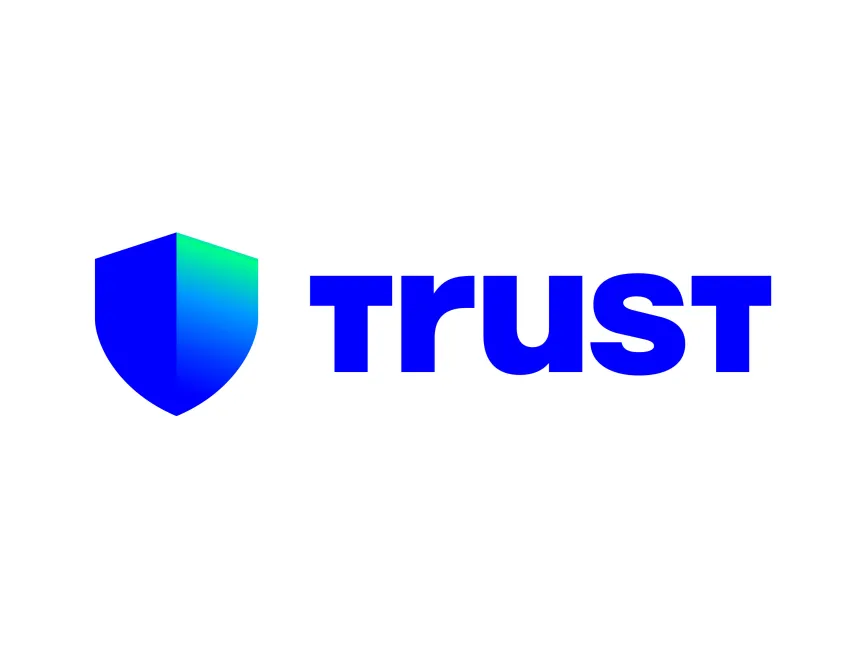Ever felt like you need a dozen apps just to manage your crypto life? Me too. Seriously, juggling different wallets, exchanges, and those clunky web interfaces was driving me nuts. So when I stumbled upon the dApp browser feature inside a wallet, my first thought was, “Hmm… can this really simplify things?”
Here’s the thing. The dApp browser isn’t just some fancy add-on. It’s like having a mini crypto ecosystem built right into your wallet app. You don’t have to switch tabs, open new apps, or keep logging in everywhere. It feels seamless, almost like magic, but backed by some serious tech.
Initially, I thought dApp browsers were just for the tech-savvy or hardcore DeFi users, but then I realized even casual folks benefit. You can stake crypto, explore games, or use decentralized exchanges—all without leaving your wallet. Wait, did I say stake crypto? Yep, that’s right. More on that in a sec.
Whoa! That’s a lot packed into one app, right? But hold on, I’m getting ahead of myself…
Let’s break it down a bit. Staking crypto through a wallet with an integrated dApp browser changes the whole game. Instead of sending your tokens off to some external staking platform (which, honestly, always made me nervous), you can do it securely right there. No extra sign-ups, and your private keys never leave your control.
Okay, so this part bugs me: the security aspect. Many people assume that using dApps inside a wallet app might expose them to hacks or phishing. Honestly, I was skeptical at first. My instinct said, “Sounds too good to be true.” But the way these wallets isolate the dApp environment, sandboxing it from the core wallet functions, really adds a layer of protection.
Actually, wait—let me rephrase that. While nothing is 100% foolproof, the risk is way lower compared to juggling multiple third-party apps and browsers. Plus, with a wallet like trust wallet, the community and developers are constantly improving security protocols. That’s a big plus in my book.
On one hand, you get easy access to tons of decentralized services. Though actually, some dApps can be buggy or poorly designed, which caught me off guard a few times. It’s like the wild west, but in your pocket.
Why Staking Through Your Wallet Feels Different
So, you want to stake some crypto but aren’t sure where to start? I’m with you. The whole process used to seem like climbing Everest without gear. Now, with dApp browsers embedded in wallets, it’s more like a casual hike. You connect your wallet, pick a staking pool, and boom—your tokens start earning rewards.
But here’s a nuance that’s easy to overlook: staking isn’t just about locking your tokens. The quality of the staking pool matters—a lot. Some pools pay better rewards but carry higher risks. Others are safer but less profitable. I learned this the hard way after hopping between pools that looked promising but had sketchy track records.
Hmm… that reminds me, I once accidentally staked on a pool that had delays in reward payouts. Not fun. So, do your homework. The dApp browser makes it super easy to browse and compare, but don’t let convenience lull you into skipping research.
Also, some wallets let you unstake any time, while others require a lock-up period. This flexibility—or lack thereof—can really impact your strategy. I’m not 100% sure why more wallets don’t highlight this better, but it’s crucial to know before you commit your coins.
Check this out—

That’s a snapshot from a recent staking session I did. The interface was intuitive, and the whole process felt smooth. I didn’t have to switch apps or hunt for info. Just a few taps, and I was set.
Keeping Your Crypto Safe While Browsing dApps
Alright, so dApp browsers are cool, but what about security? I’m biased, but I think it’s very very important not to underestimate this. Your wallet holds the keys to your kingdom, after all.
Using a secure wallet with a built-in dApp browser reduces exposure to phishing sites or malicious code. Since you’re not leaving the app, you avoid some common web browser vulnerabilities. I know it sounds like a small detail, but this containment approach significantly lowers attack surfaces.
Now, here’s the kicker—always double-check the dApps you interact with. Just because it’s inside your wallet doesn’t mean it’s vetted perfectly. Some shady dApps can still slip through, so I keep my antenna up, especially when prompted to approve transactions.
And by the way, trust wallet does a pretty solid job of warning users when something looks off or unfamiliar. That kind of built-in guidance is a lifesaver for newbies and veterans alike.
Honestly, I’ve had moments where I almost clicked “approve” on a sketchy contract, but the wallet’s alerts saved me just in time. That kind of real-time nudge is priceless.
One more thing that’s often overlooked: backup your wallet! Sounds obvious, but the number of people who lose access because they forgot seed phrases is staggering. Don’t be that person. Make your backup a ritual. Trust me.
Wrapping Up My Two Cents on dApp Browsers and Secure Staking
Looking back, my first impression was that dApp browsers were just a neat trick for crypto geeks. But seriously, they’re fast becoming essential tools for anyone serious about managing digital assets. The convenience is unmatched, and the security benefits are real—as long as you stay vigilant.
Do I think it’s perfect? Nope. There are still rough edges: some dApps glitch, staking pools vary wildly, and the learning curve can be steep. But that’s just part of the evolving crypto landscape. That’s what keeps it exciting, right?
If you’re curious to give it a shot, I’d suggest checking out a wallet that integrates all these features smoothly, like trust wallet. It’s not just hype; it’s a practical tool that makes your crypto journey less of a headache.
Anyway, I’m still exploring and learning myself. But one thing’s clear: the days of juggling multiple apps and endless tabs are fading fast. The future? It’s all about integrated, secure, and user-friendly crypto wallets with powerful dApp browsers. And honestly, I can’t wait to see what’s next…
